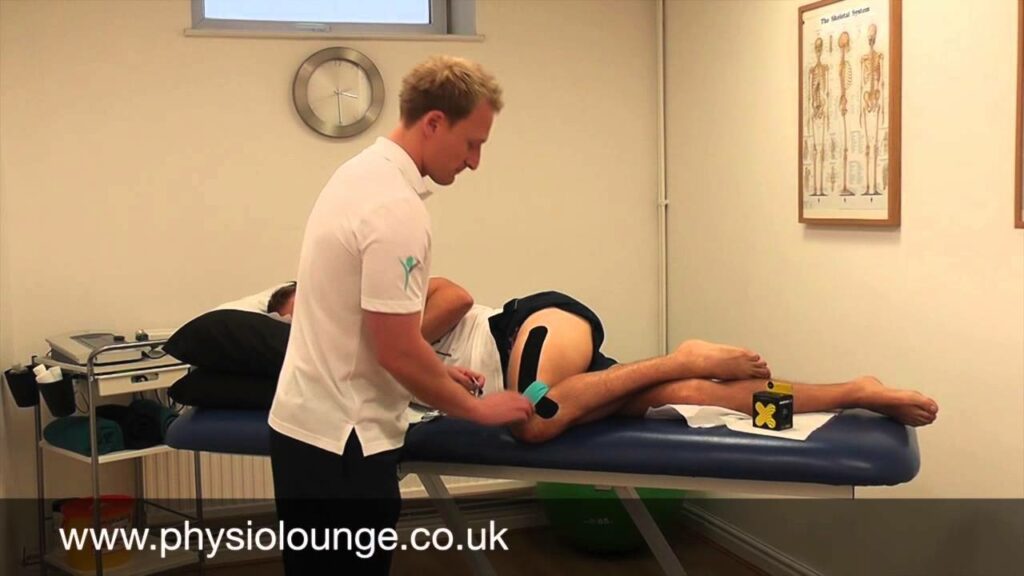The holiday season is fast approaching and we all know what that entails… food, drink and more food! However, in a blink of an eye Christmas is over, 5lbs have been gained and the new years resolution of getting back in shape is beckoning. Each year we see people coming to see us because they’ve gotten themselves injured trying to get fit and this is 100% preventable and we’re going to show you how….
Step 1 – Start Slow!
Fitness sadly does not come fast, no matter what the YouTube videos say there is no replacement for time and consistency. All too often we see people who have taken up the gym, or running and two weeks into their fitness journey they’ve managed to injure themselves from trying to do a bit too much too soon.
Golden rule here is… if it’s new to you then start slow! If you want to start running, the best thing to do for the first couple of weeks is to stay within yourself. When you attempt to get fit, it’s not only your vascular system that adapts and allows you to run/train for longer, your muscles, tendons and joints need to adapt to the movement. If you do more than your body can handle that’s when injuries occur and your fitness goals take a big step backwards. This commonly in running comes in the form of an Achilles tendinopathy, a calf strain, plantar fasciitis and anterior knee pain. All these ailments are 100% avoidable by training smart and as we’ll talk about below, working on your weak points to prevent injury.

Step 2 – Work on your weaknesses
When exercising, unless it’s a traumatic injury, such as a leg break in rugby or falling off a horse, most injuries tend to be related to biomechanical imbalances in our bodies placing too greater stresses on other areas. A prime example of this is at the Hip, weakenss of stiffness in the Hip can alter the way we move which can increase load and force on the knee joint during activity.
If know that you’re tight at your hips, weak through your core, or you just want to identify movement faults lie, then why not try a biomechanical assessment or screening session with one of our expert Physiotherapists. Once you understand the root cause of your pain and/or imbalances then you can implement a targeted programme to bullter poof yourself against injury by incorporating specific exercises into your routine.
For some great glute exercises check out our previous blog post here.

Step 3 – Set yourself goals
Anything is easier to do if you have a set goal in mind that you want to achieve. When we see our clients at The Physio Lounge we set goals we can work towards and we’d encourage you to do the same to give your fitness journey some greater direction. When setting goals, they should be;
- Specific – your goal needs to be clear and easy to understand
- Measurable – give yourself a specific target to aim for, for example if you’re trying to lose weight then 5lbs in a month could be a target.
- Attainable – this is where it can get difficult. If fitness is your goal, then running a marathon at the end of the month probably isn’t that realistic if currently running a mile is a struggle. But 5 miles could well be a very appropriate goal to work towards
- Relevant – set goals that are important for where you are in your life currently. Choose something that is motivating you!
- Time Bound – set a time scale in which you want to achieve your goal, for example, to run 5 miles non stop by the end of the month.

Step 4 – Recover
Recovery is key to injury prevention and maximising fitness gains. There is absolutely nothing to be gained from working out as hard as you can every day, especially if your body isn’t used to it. Optimum recovery ensures that our bodies get the maximum gains from the exercise we are doing, whether that be fat loss, muscle gain or aerobic capacity.
How to recover:
- Rest – the simplest and probably most effective means of recovery! Sleep is where the body re-builds so make sure you’re getting your 8 hours in!
- Nutrition – in order for the body to repair you need to ensure that you’re giving it the building blocks to do so. This comes in the form of good quality food sources such as lean protein, fresh fruit and vegetables.
- Move – if you’re having a rest day ensure you’re not sat around watching Netflix all day. The best way to sooth those aching muscles is to get up and go for a walk. Locomotion is the best lotion!!
- Stretch/Mobility – sore muscles that have been worked hard will naturally tighten up, its important we still limber in order to reduce the risk of injury. If you’re unsure of stretches/mobility drills to be doing then we would suggest a screening appointment with one or our expert Physiotherapists for an individualised preventive rehabilitation programme.
Step 5 – Seek out expert advice
If you’re serious about getting fit, losing weight, gaining muscle or simply just enjoy training then we’d advise you to seek out advice from a fitness professional to aid your training. Just going to the gym 3 times a week and doing the same session each time will result in minimised progression.
To make those gains you need to include the right kind of exercises and ensure that you’re performing them correctly, then you have progressive overload in your training. Progressive overload can come in many forms, in running it could be either increasing the distance run (volume) or simply increasing the speed you’re running (intensity), and in the weights room it could be increasing the amount of total reps (volume) or increasing the resistance (intensity). Too little or too much overload can result in injury so it’s important you get this programmed by someone who knows what they are doing.

Step 6 – Enjoy yourself!
However you decide to keep fit, make sure you enjoy it! Fitness should be fun! If you don’t like running out in the cold then don’t run out in the cold, maybe try indoor 5-a-side football or a netball league instead. If you struggle motivating yourself to go to the gym then find ways of enjoying it. The best ways of doing this are finding a gym partner, participating in classes or creating a motivating playlist.



